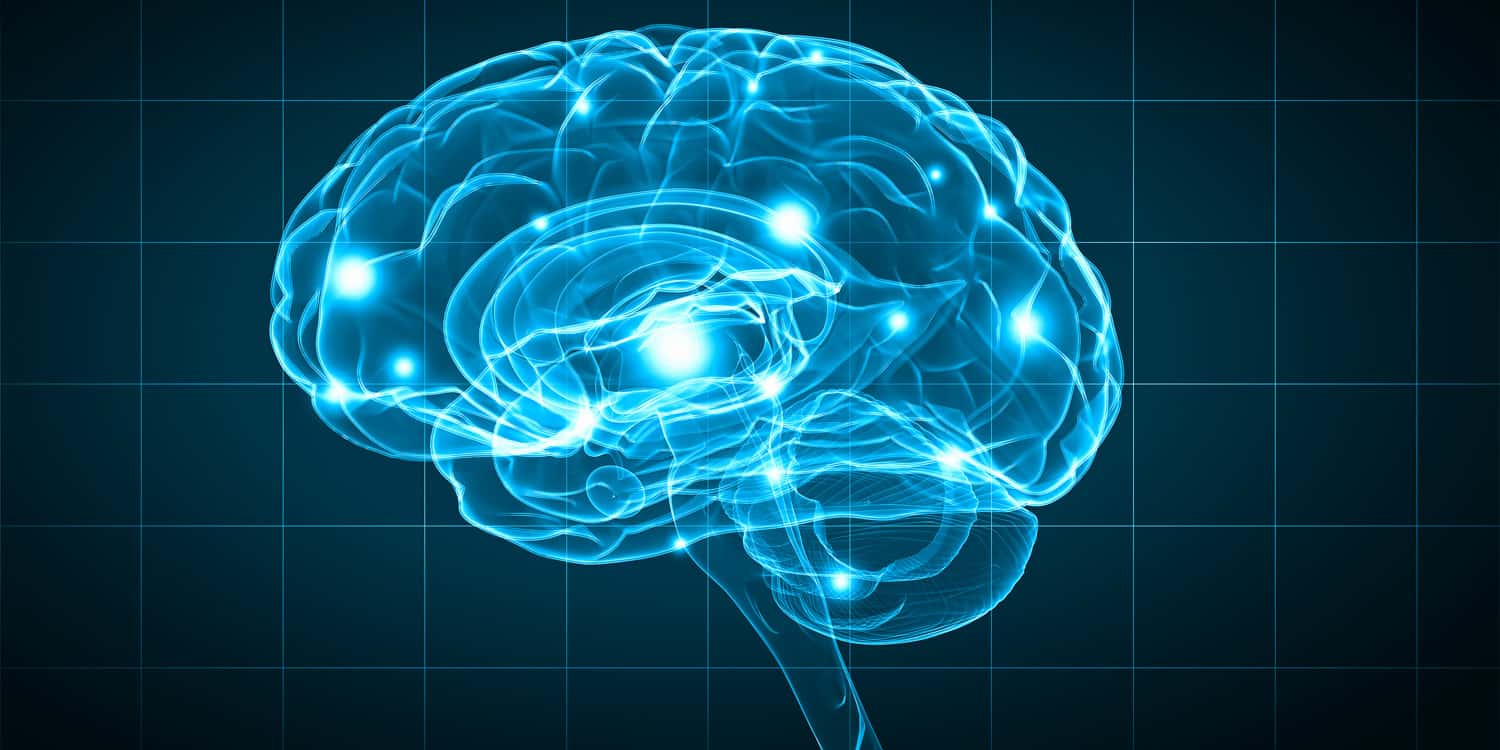Fitness
Combining psychological factors and biomarkers shows promise in Alzheimer’s prediction

Researchers in Germany have discovered that a combination of psychological factors and specific biological markers can help predict Alzheimer’s disease. By analyzing personality traits, depression and anxiety levels, genetic markers, and cerebrospinal fluid biomarkers, the study offers new insights into early detection. However, distinguishing between mild cognitive impairment and subjective cognitive decline remains challenging. Their study was published in the International Journal of Geriatric Psychiatry.
As people age, their cognitive abilities often decline. Neural cells progressively die, resulting in the loss of brain volume and what is commonly referred to as brain shrinkage. However, the pace of this decline is not the same for everyone. While some individuals maintain very good cognitive abilities into very old age, others start experiencing cognitive decline relatively early. One condition associated with an accelerated pace of cognitive decline is Alzheimer’s disease.
Alzheimer’s disease is a neurodegenerative disorder primarily affecting memory, thinking, and behavior. One of the earliest signs is difficulty remembering recent events or conversations, which gradually worsens over time. As the disease advances, individuals experience confusion, disorientation, and difficulty with language, problem-solving, and decision-making.
Normal aging also involves cognitive changes, such as slower processing speeds and occasional memory lapses, but these changes do not significantly interfere with daily life. In Alzheimer’s disease, however, the cognitive decline is more severe and leads to substantial impairment in daily activities and independence.
Study author Konrad F. Waschkies and his colleagues note that the onset of Alzheimer’s disease is typically gradual. Alzheimer’s disease is generally preceded by years during which an individual experiences subjective cognitive decline (feeling that their cognitive abilities have decreased) and mild cognitive impairment.
While effective treatment options are limited once severe cognitive decline has occurred, early intervention might be more beneficial. When Alzheimer’s disease is fully developed, its diagnosis is relatively straightforward. However, detecting the early signs of the disease is much harder.
To address this challenge, these researchers conducted a study to develop a method for differentiating between individuals with Alzheimer’s disease, subjective cognitive decline, mild cognitive impairment, and healthy individuals using a set of psychological characteristics and various biomarkers.
Data for this study came from 733 participants in the DELCODE project, a research initiative in Germany aimed at understanding the early stages of Alzheimer’s disease by studying a cohort of individuals with subjective cognitive decline, mild cognitive impairment, and early-stage Alzheimer’s. All participants were 60 years old or older and fluent in German.
Study participants underwent magnetic resonance imaging scans and completed several psychological assessments. These included assessments of personality (the Big Five Inventory, short form – BFI-10), depression (the Geriatric Depression Scale, short form), and anxiety (the Geriatric Anxiety Inventory, short form).
They also completed a genetic test to identify variations of the APOE gene, a gene associated with the risk of Alzheimer’s disease, and provided samples of their cerebrospinal fluid. This fluid, found in the brain and the spinal cord, allowed the researchers to assess biomarkers of Alzheimer’s disease, which reflect the extent of neuronal damage and the presence of amyloid-beta plaques, a type of peptide that accumulates in the brains of individuals with Alzheimer’s.
Study authors tested various combinations of available data to see how well they could identify Alzheimer’s disease groups. They found that combining age, gender, and participants’ location was not very effective at identifying whether a participant was healthy, had mild or subjective cognitive impairment, or Alzheimer’s disease. The researchers called this the base model.
Adding data on the neural activity of the default mode network (a network of brain regions active while a person is at rest) improved the results somewhat. The researchers were best able to differentiate the healthy participants from the other groups by adding data on participants’ personality, depression, and anxiety levels to the prediction model. Adding cerebrospinal fluid markers to the base model created a prediction system that was very effective at identifying participants with Alzheimer’s disease but poor at differentiating healthy participants from the other groups.
“Our results show that no single combination of the evaluated features achieved consistently superior class accuracies for all assessed participant groups. The combination of depression and anxiety scores was most effective in classifying healthy controls, supporting previous findings that regard late‐life depression as a prodrome of Alzheimer’s disease, while CSF [cerebrospinal fluid] biomarkers were most effective in classifying participants with mild Alzheimer’s disease”, the study authors concluded.
“The highest overall prediction accuracies across all participant groups were achieved by a combination of personality traits with scores of depression and anxiety, closely followed by CSF biomarkers and the ApoE genotype [the test identifying the variant of the APOE gene, associated with Alzheimer’s]. These findings indicate that a combination of CSF biomarkers, personality, depression and anxiety scores, and the ApoE genotype may have complementary value for classification of AD [Alzheimer’s disease] and associated at‐risk states.”
The study explores ways to identify individuals with Alzheimer’s disease using psychological data, cerebrospinal biomarkers, and neuroimaging data. However, it should be noted that psychological characteristics were assessed using self-reports, and some participants received help from their caregivers to complete them, which might have affected the results.
The paper, “Machine learning‐based classification of Alzheimer’s disease and its at‐risk states using personality traits, anxiety, and depression,” was authored by Konrad F. Waschkies, Joram Soch, Margarita Darna, Anni Richter, Slawek Altenstein, Aline Beyle, Frederic Brosseron, Friederike Buchholz, Michaela Butryn, Laura Dobisch, Michael Ewers, Klaus Fliessbach, Tatjana Gabelin, Wenzel Glanz, Doreen Goerss, Daria Gref, Daniel Janowitz, Ingo Kilimann, Andrea Lohse, Matthias H. Munk, Boris‐Stephan Rauchmann, Ayda Rostamzadeh, Nina Roy, Eike Jakob Spruth, Peter Dechent, Michael T. Heneka, Stefan Hetzer, Alfredo Ramirez, Klaus Scheffler, Katharina Buerger, Christoph Laske, Robert Perneczky, Oliver Peters, Josef Priller, Anja Schneider, Annika Spottke, Stefan Teipel, Emrah Düzel, Frank Jessen, Jens Wiltfang, Björn H. Schott, and Jasmin M. Kizilirmak.


)






